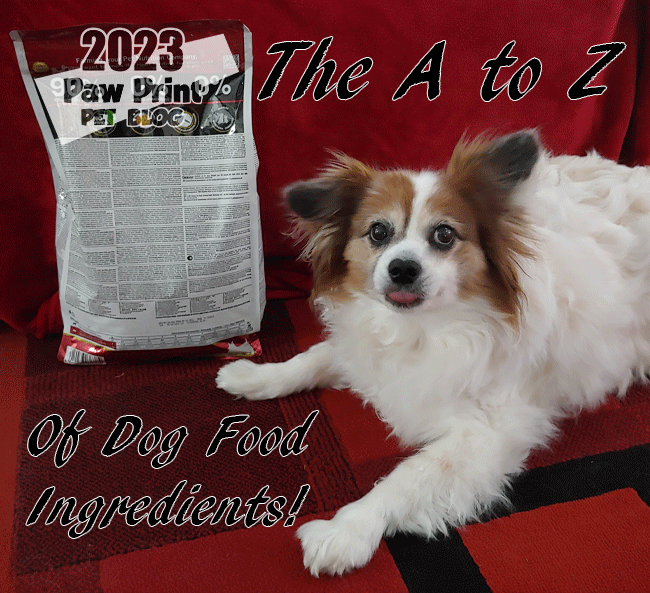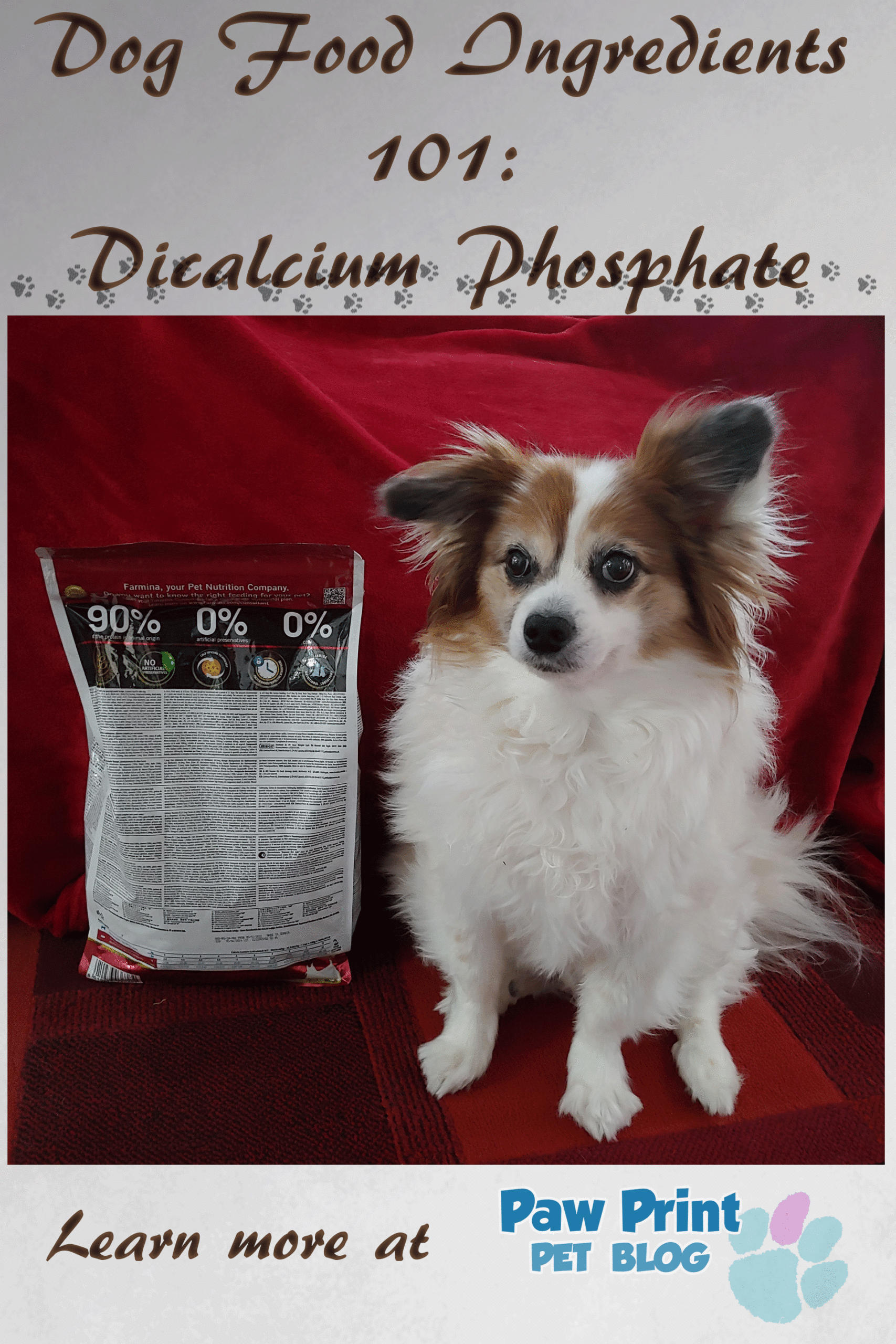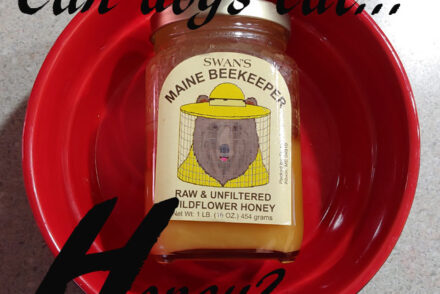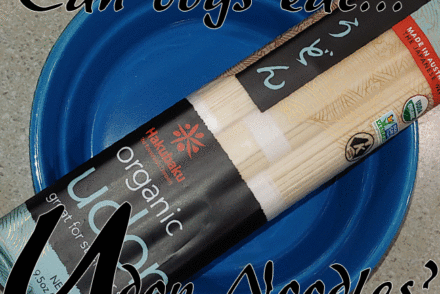 One thing I always try to make clear when I write posts about food (or food ingredients) for dogs is that amounts really do matter! I feel like I write, over and over again, that moderation is key. Too much of anything, even water, can be a bad thing! Some dog food ingredients are perfectly safe in the small amounts that they’re found in our dog’s food but would be potentially dangerous in larger amounts. Another thing that I find myself repeating often is that you really have to feed the dog in front of you. Dogs tolerate different foods and ingredients differently. There is no “one size fits all” option when it comes to feeding our dogs!
One thing I always try to make clear when I write posts about food (or food ingredients) for dogs is that amounts really do matter! I feel like I write, over and over again, that moderation is key. Too much of anything, even water, can be a bad thing! Some dog food ingredients are perfectly safe in the small amounts that they’re found in our dog’s food but would be potentially dangerous in larger amounts. Another thing that I find myself repeating often is that you really have to feed the dog in front of you. Dogs tolerate different foods and ingredients differently. There is no “one size fits all” option when it comes to feeding our dogs!
This post is part of our 2023 April blogging from A to Z Challenge! Join us this month as we go through the alphabet, A to Z, learning more about some of the ingredients that are commonly (or not so commonly, in some cases) found in our dog’s food!
Post Contents:
What is Dicalcium Phosphate?
Dicalcium phosphate, chemical formula CaHPO4, is also known as dibasic calcium phosphate or calcium monohydrogen phosphate. It is a mineral compound that is usually manufactured from cow’s milk. As the name suggests, supplemental dicalcium phosphate can be used as a source of both calcium and phosphate. Dicalcium phosphate is commonly added to human foods such as enriched flour, breakfast cereals, and noodle products. It is also added to toothpastes because of its ability to help prevent tartar.

Why is Dicalcium Phosphate Added to Dog Food?
Dicalcium phosphate is added to some pet foods, including dog foods and treats, mainly as a source of calcium. Calcium is as important for our dogs as it is for us humans. Namely, proper calcium levels are required to maintain healthy bones and teeth, as well as to support the nervous system and heart. Phosphorus, which is also present in dicalcium phosphate, is required for proper kidney function. It also supports muscle and motor function, and the processing of energy.
Dicalcium phosphate is also sometimes added to dry dog foods and treats to help give the food its texture. Dicalcium phosphate helps make kibble hard and dry.
Cons of Feeding Dicalcium Phosphate to Dogs:
When supplemented in appropriate amounts, dicalcium phosphate is thought to be a relatively safe compound for dogs.
However, dicalcium phosphate cannot absorb water. It is difficult for some dogs to absorb, and is thought to potentially contribute to the formation of kidney stones, especially if fed in excess.
Benefits of Feeding Dicalcium Phosphate to Dogs:
Calcium, and the proper calcium to phosphorus ratio, is important for dogs. Dogs require both calcium and phosphorus for their bodies to function properly. If a dog food is lacking in these nutrients, adding dicalcium phosphate can be a way to safely supplement the food. As long as it’s not supplemented in excess, dicalcium phosphate can help support your dog’s bone and teeth health. It also supports proper protein synthesis and supports other body functions such as the nervous system and the heart.
So What’s the Verdict on Dicalcium Phosphate? Is it Safe as a Dog Food Ingredient?
In the case of dicalcium phosphate, moderation is key! Dicalcium phosphate is thought to be safe source of both phosphorus and calcium as long as it’s not fed in excess. If your dog is prone to developing kidney stones, or suffering from other health conditions, this may be an ingredient you’d want to research further. However, for a healthy dog, I wouldn’t personally go out of my way to avoid feeding food supplemented with dicalcium phosphate.






1 Comment
[…] first week of this year’s A to Z blog challenge and already I’ve written about ingredients like dicalcium phosphate and Enterococcus faecium. Although I love writing, spelling has never been my strong suit. […]